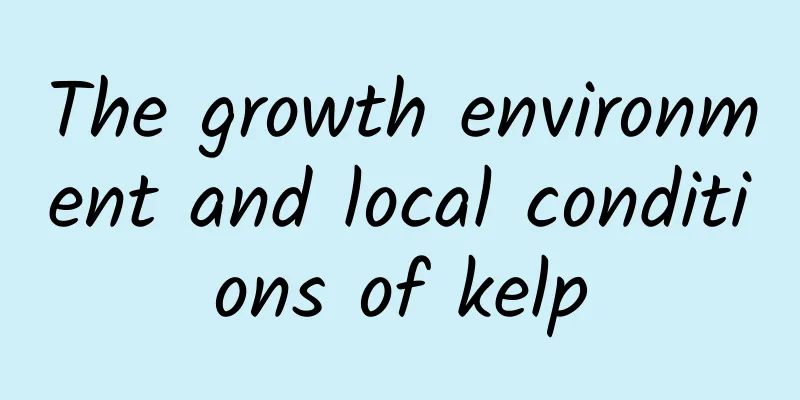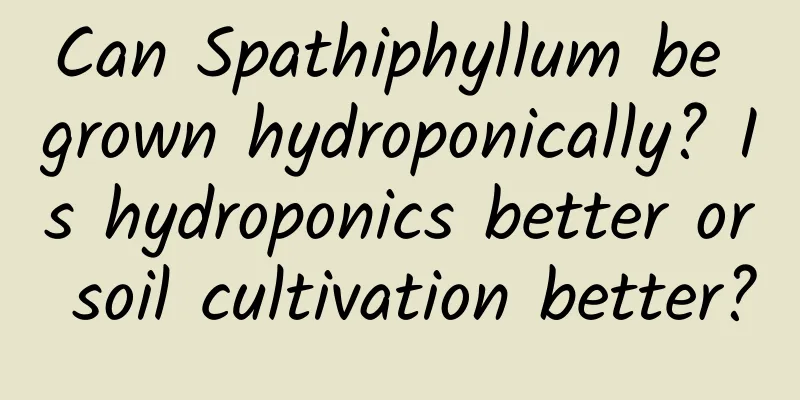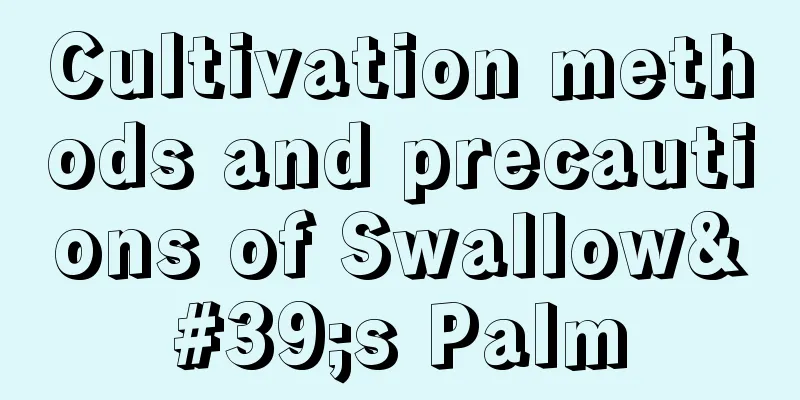The growth environment and local conditions of kelp

Kelp Growth Environment and ConditionsKelp generally grows on rocks on the seabed in the subtidal zone. It can also be artificially cultivated on ropes or bamboo. It is mostly distributed in the Northern Hemisphere, with a small amount distributed in the Southern Hemisphere. It is a species endemic to the North Pacific, with a small amount distributed in the Atlantic. Its growth is affected by temperature, light, nutrients and plant hormones. Kelp Growing Conditions1. The seabed where kelp grows should be flat, preferably a mud bottom or a muddy and sandy bottom, with a harder sandy bottom being second best, and the worst being a soft mud bottom, or a rocky reef bottom. 2. If kelp is artificially maintained, the water depth should be determined according to the cultivation form and the length of the seedling rope. It generally grows in sea areas above 5 meters during winter high tides. The breeding areas with strong currents and small waves are better. As long as a certain safety guarantee is provided, sea areas with deep water, strong currents and big waves are also suitable as breeding areas. The growth will be better in sea areas with cold water masses and upwellings. Kelp growth temperatureKelp is suitable for growing at temperatures between 1-13 degrees. The optimum temperature for kelp spore development is between 15-20 degrees, and preferably between 5-10 degrees. The growth of male and female gametophytes is fastest at 15 degrees and slowest at 5 degrees. Kelp growth processmy country's kelp generally grows naturally in the Bohai Sea and other sea areas. Due to the different latitudes of the sea areas, the maturity period of kelp is also different. However, it is generally harvested from May to July. Kelp planting time and methodWhen planting kelp, seedlings are produced through spore germination, but spore germination has very high requirements for seawater temperature. However, if the seawater temperature is artificially controlled, it is also very easy to cultivate. The kelp spores can germinate into seedlings in the nursery room. The kelp seedlings are clamped into the seams of the hemp rope, and the hemp rope is tied to the floating raft of the farm. After cultivation, it becomes a kelp field. |
<<: The growth environment and local conditions of Setaria viridis
>>: Olive Growing Environment and Growing Area Conditions
Recommend
The little thing turns into a tonic in seconds when it touches water, buds pop up, and big white roots burst the pot!
Willow branches soaked in water to water flowers,...
How many times does camellia bloom in a year? Does it bloom every year?
1. How many times does it bloom? Under natural cu...
How to grow bougainvillea in winter
Wintering place Bougainvillea is not cold-resista...
When is the best time to sow ginseng?
Suitable time for sowing ginseng Ginseng is a per...
What is the best month to plant saffron?
When to plant saffron Saffron is usually planted ...
The difference between June Snow and Gypsophila paniculata
The difference between June Snow and Gypsophila p...
Cultivation method of red leaf cordyline
Cultivation method of red leaf cordyline temperat...
Pests and control methods of Buddha lotus
Pests of Buddha Lotus: Red Spider symptom Red spi...
Why does the jade plant only grow leaves but not flowers? How to solve it
1. Improper fertilization Reason: During the peri...
How to grow Teyulian
1. Maintenance conditions 1. Watering: Jade lotus...
How to grow Venus flytrap
Prepare If you want to grow a Venus flytrap yours...
How to grow Tiger Tail Orchid and what are the precautions
1. How to raise 1. Soil: It is suitable for growi...
The difference between the Nanyang Jacaranda and the Blue Jacaranda
1. Different plant heights The Nanyang Ying is al...
How many years does a lemon tree bear fruit?
Introduction to Planting Lemon Trees Lemon prefer...
How to keep roses in pots during the winter (how to keep them safe during the winter)
Roses are cold-resistant plants that can withstan...









